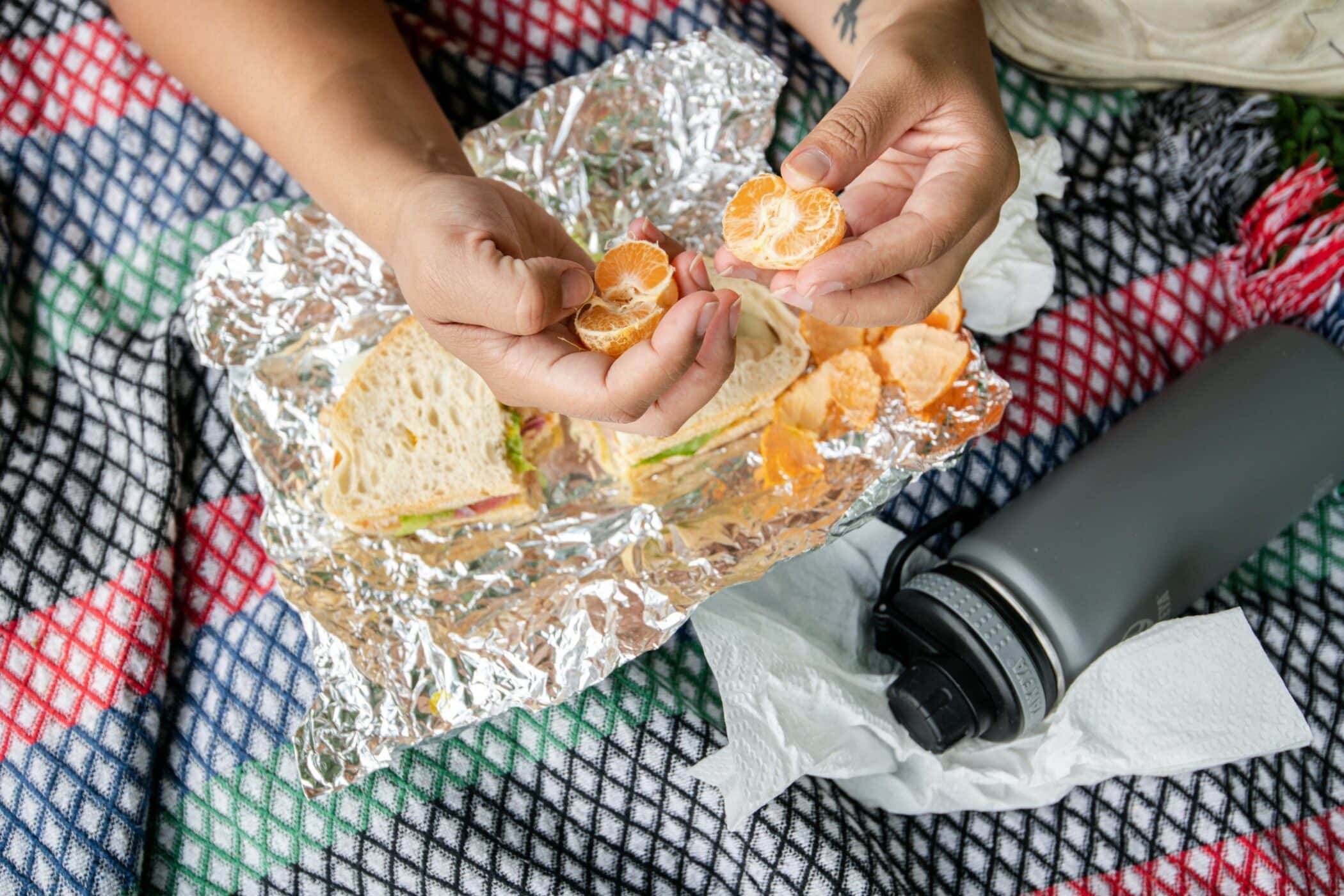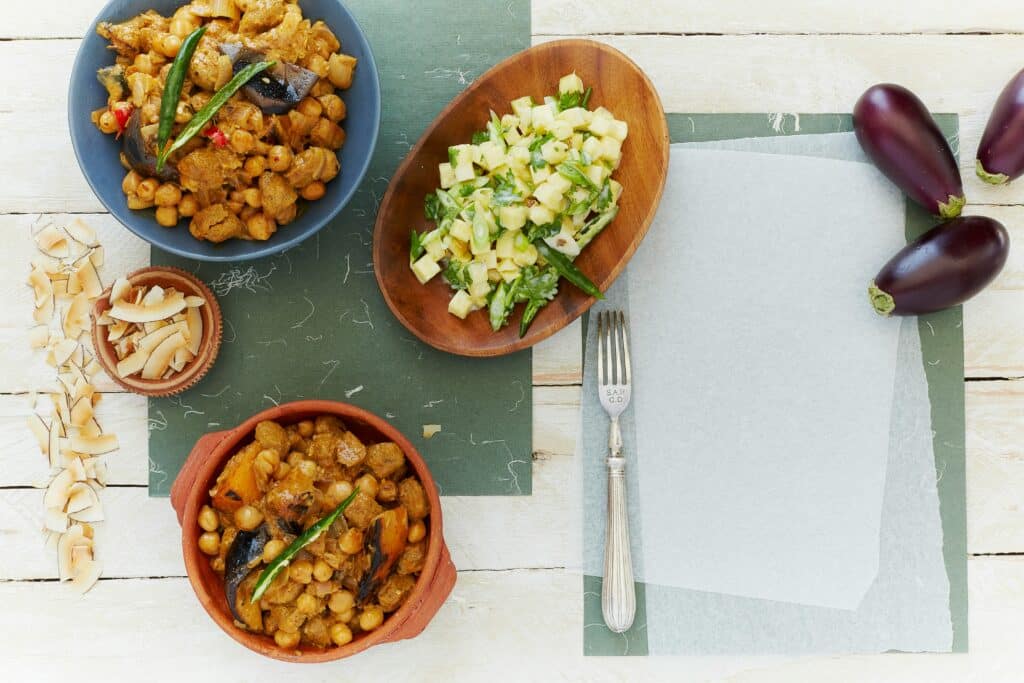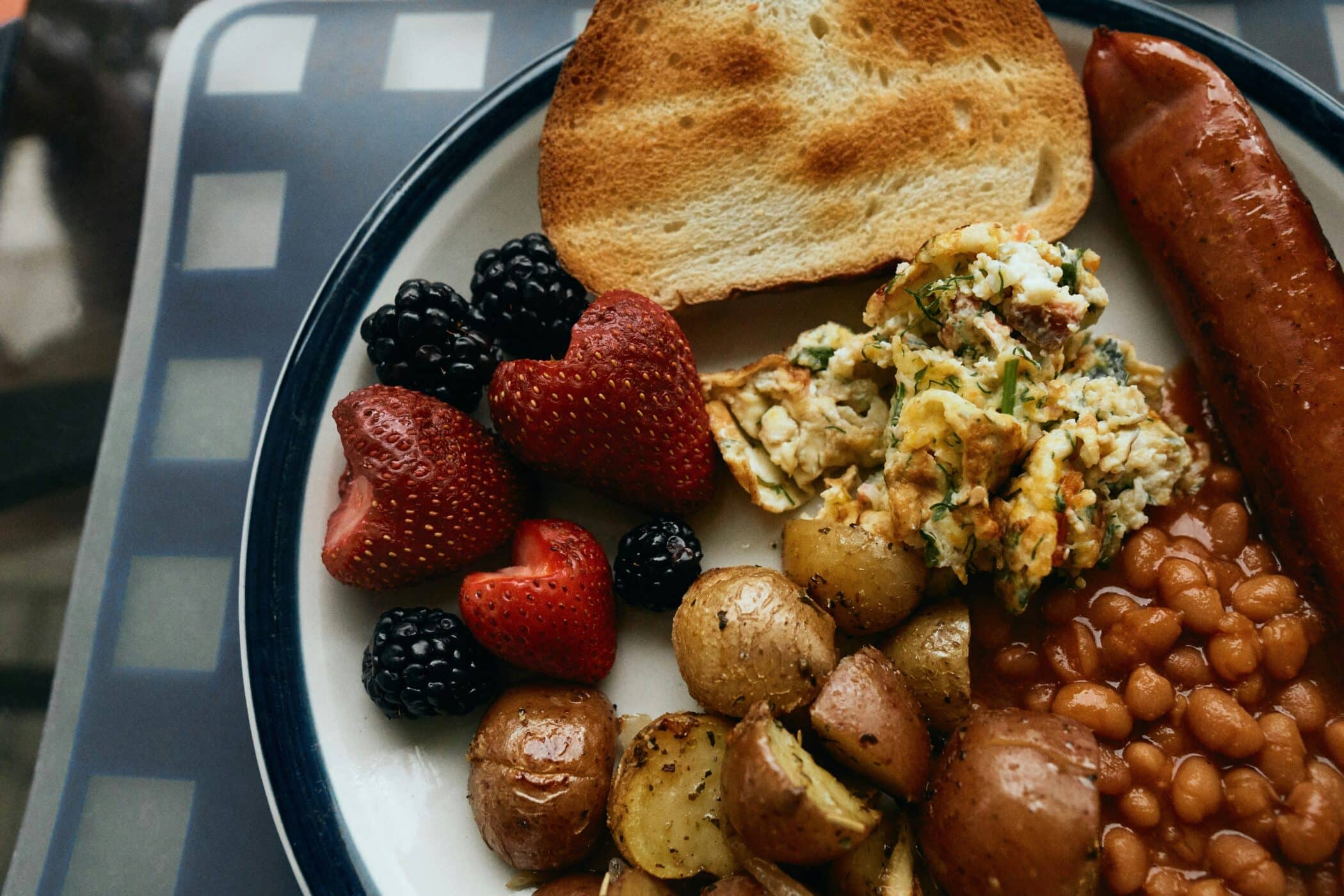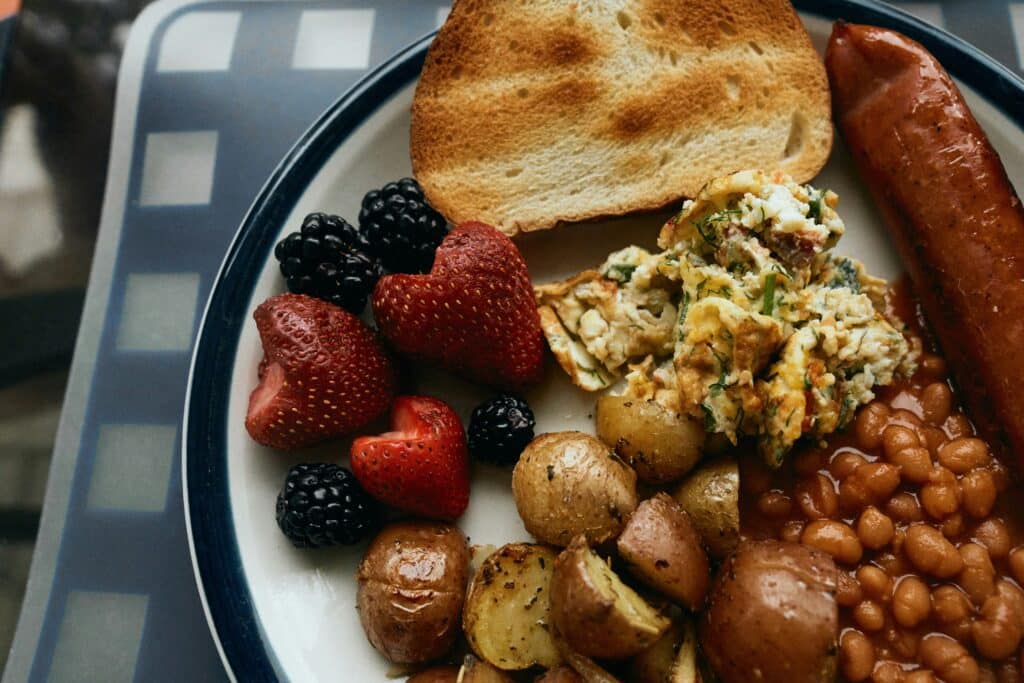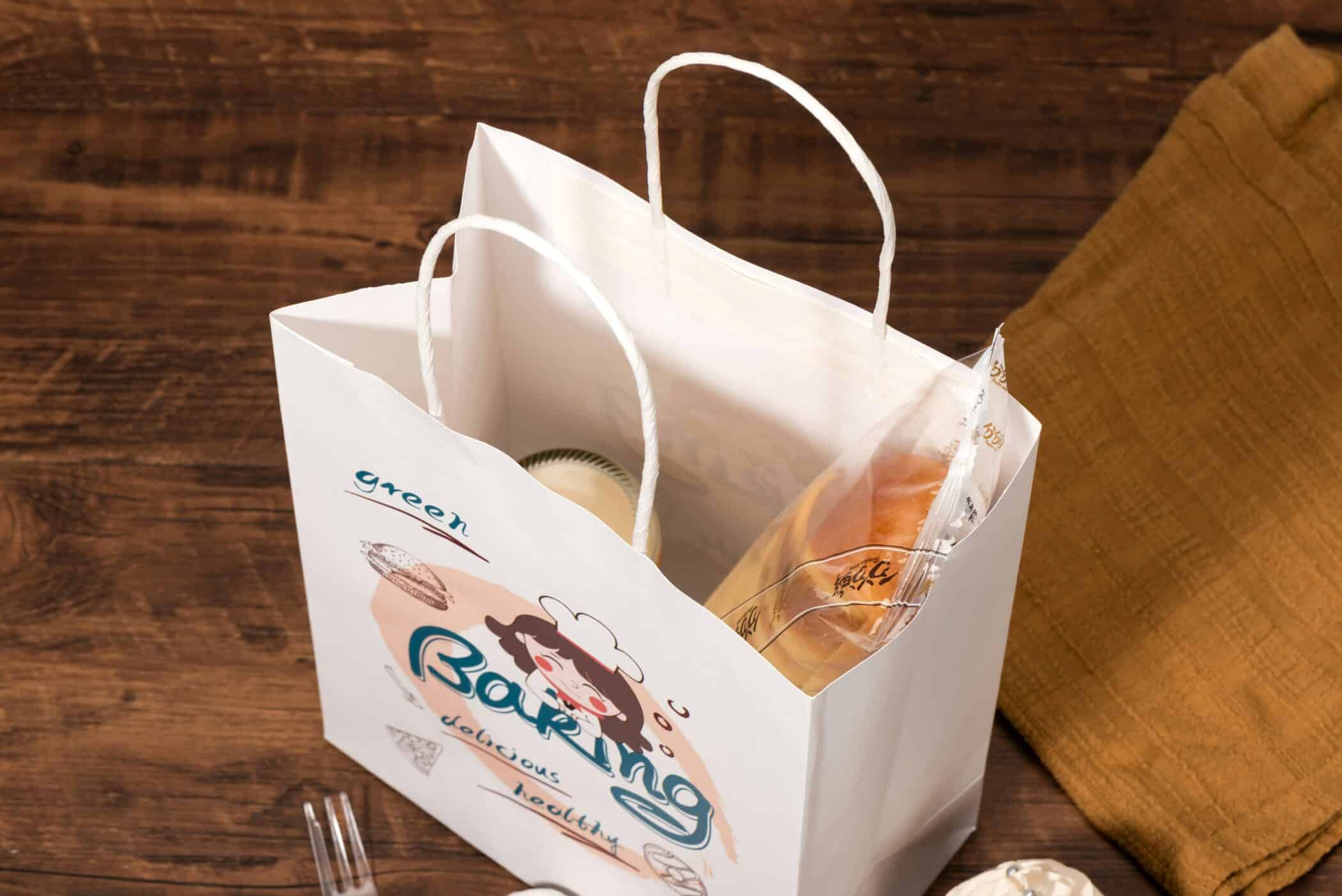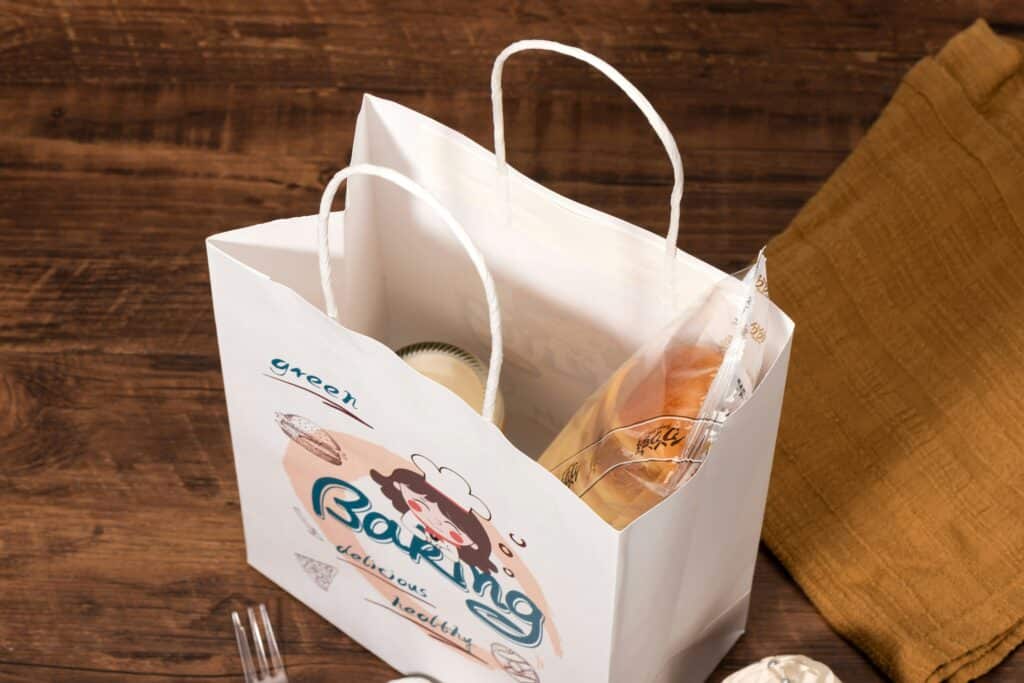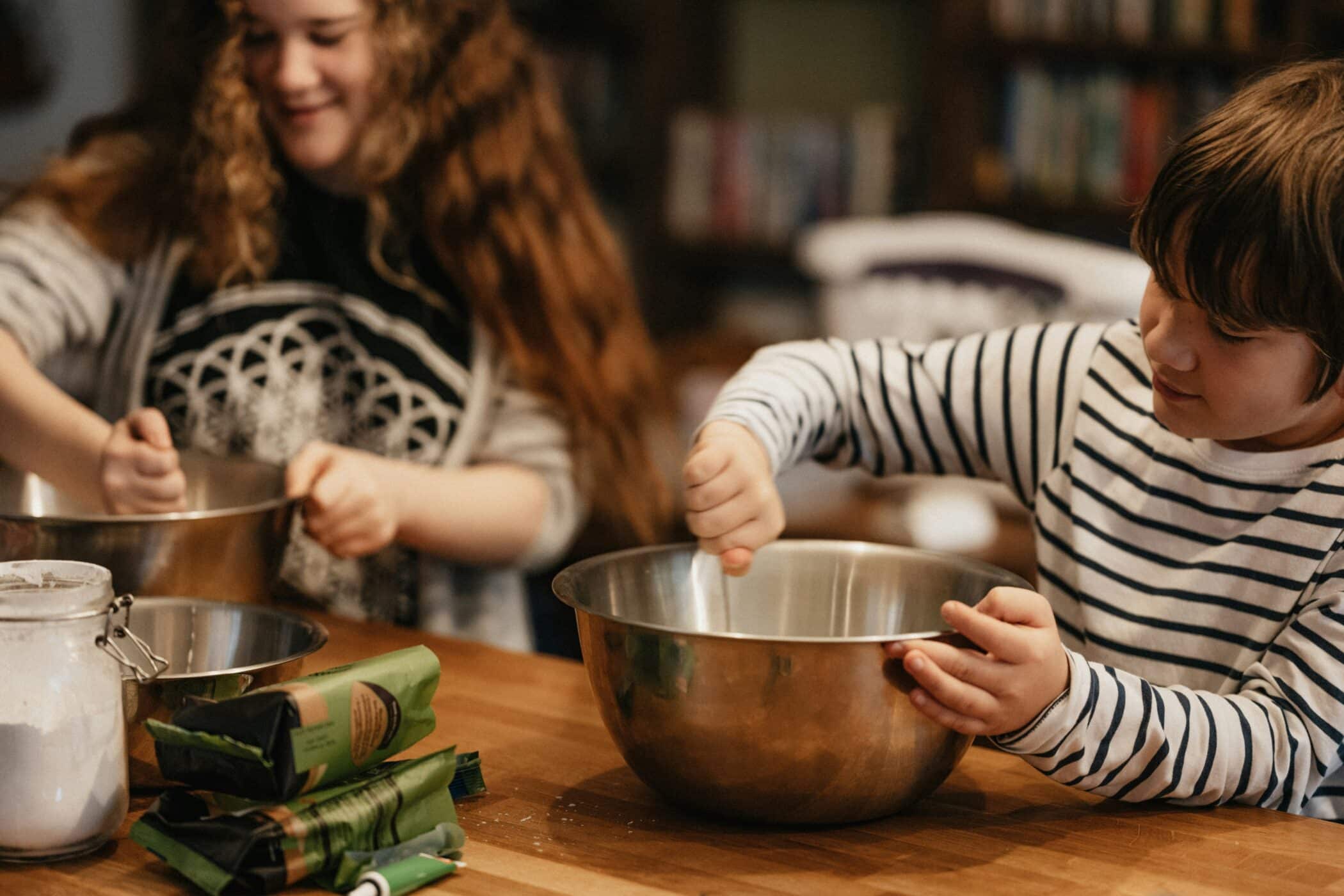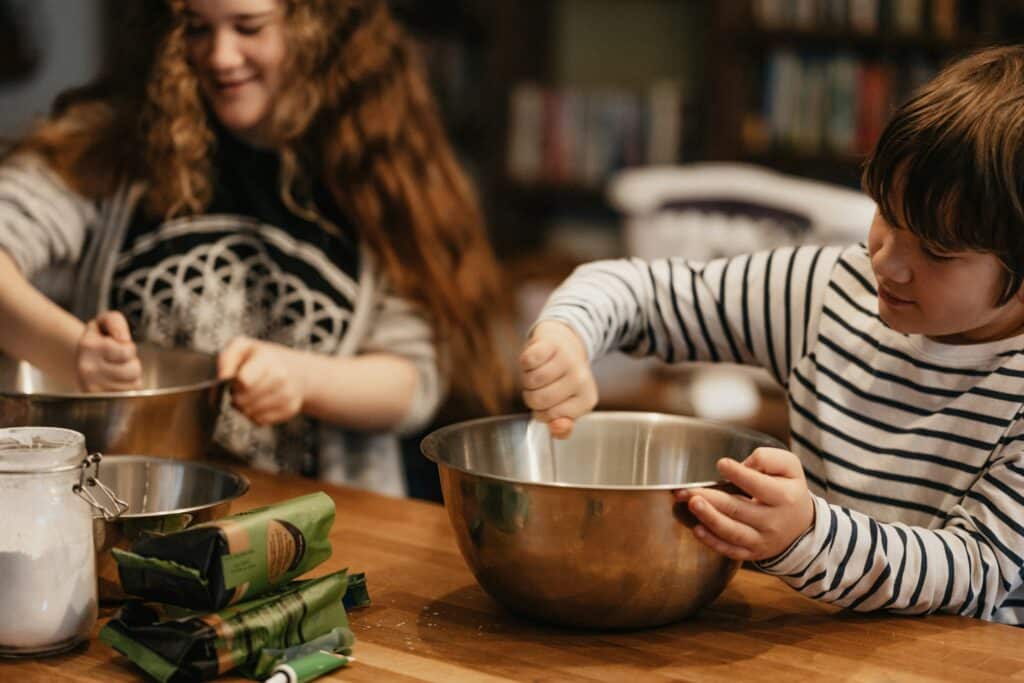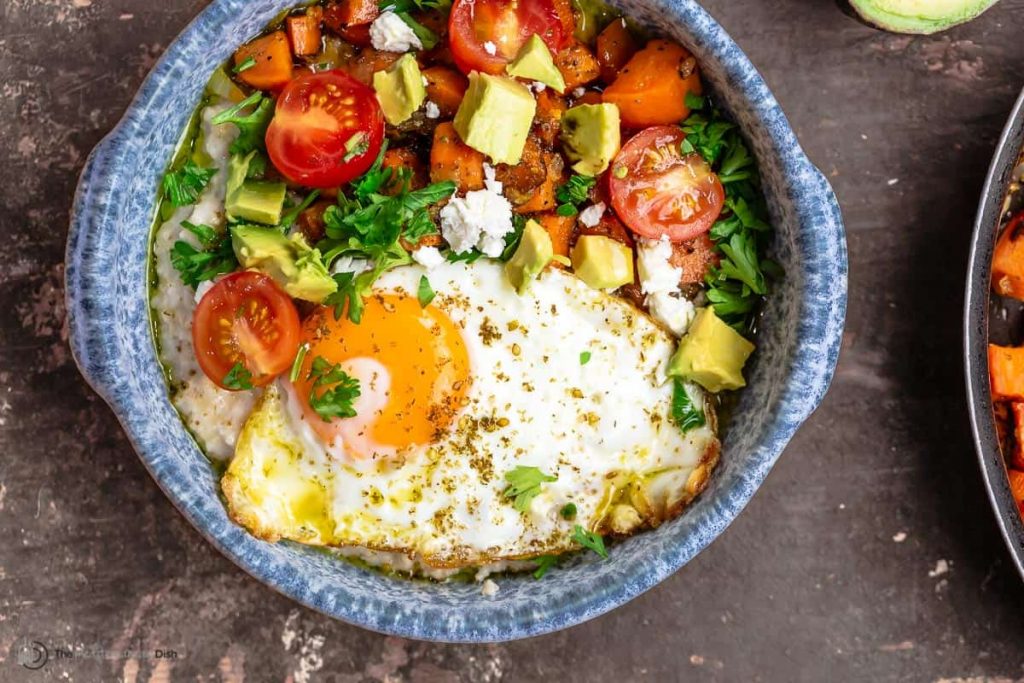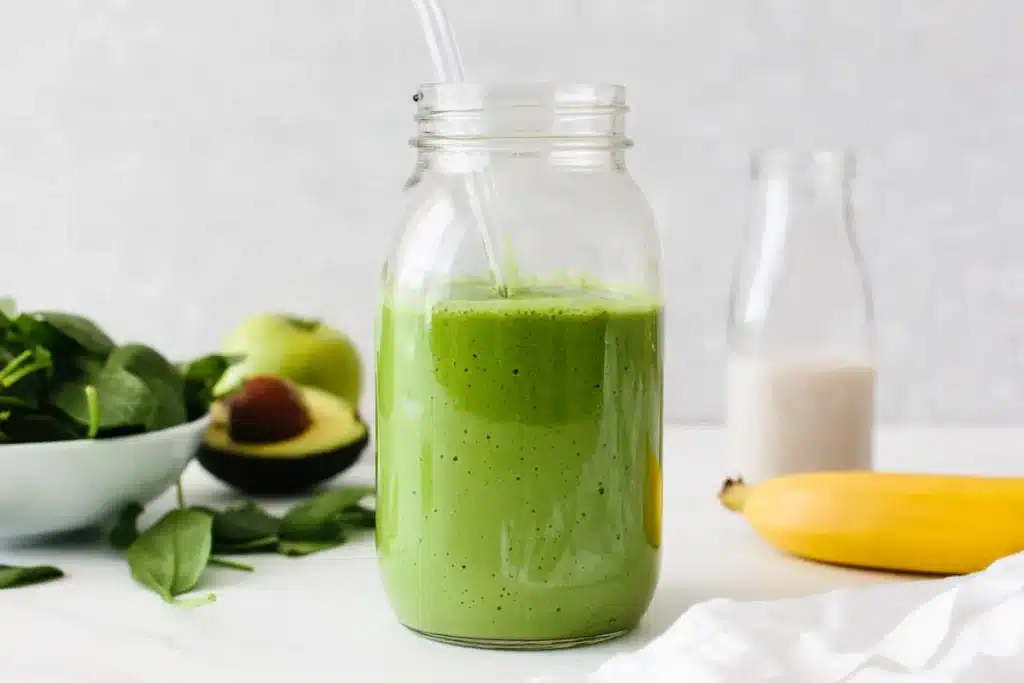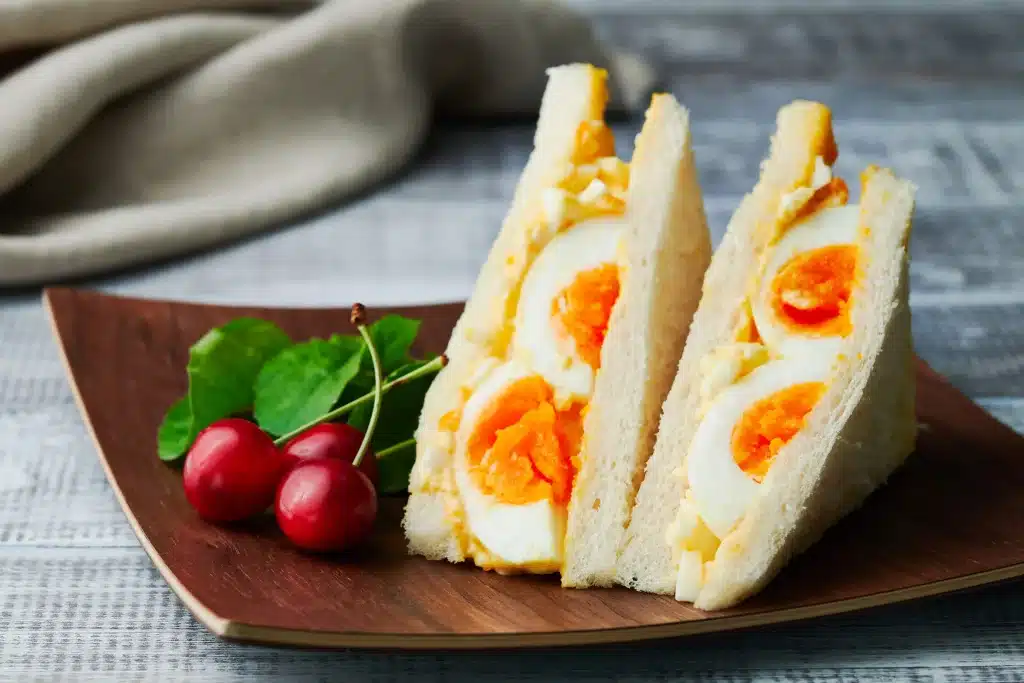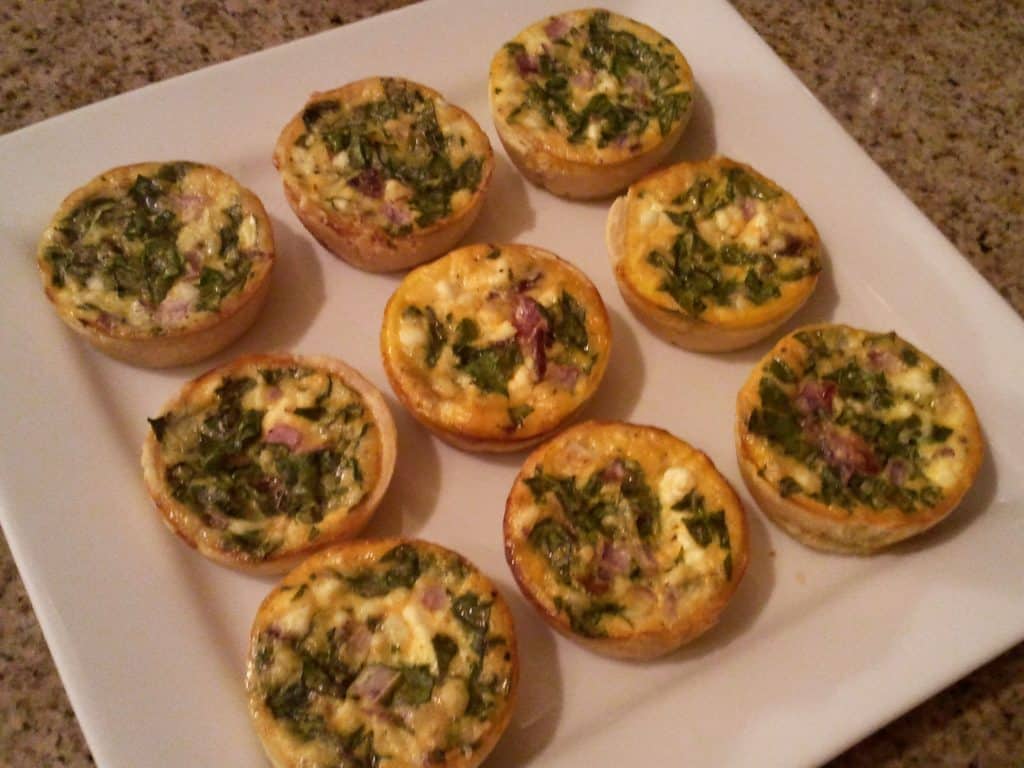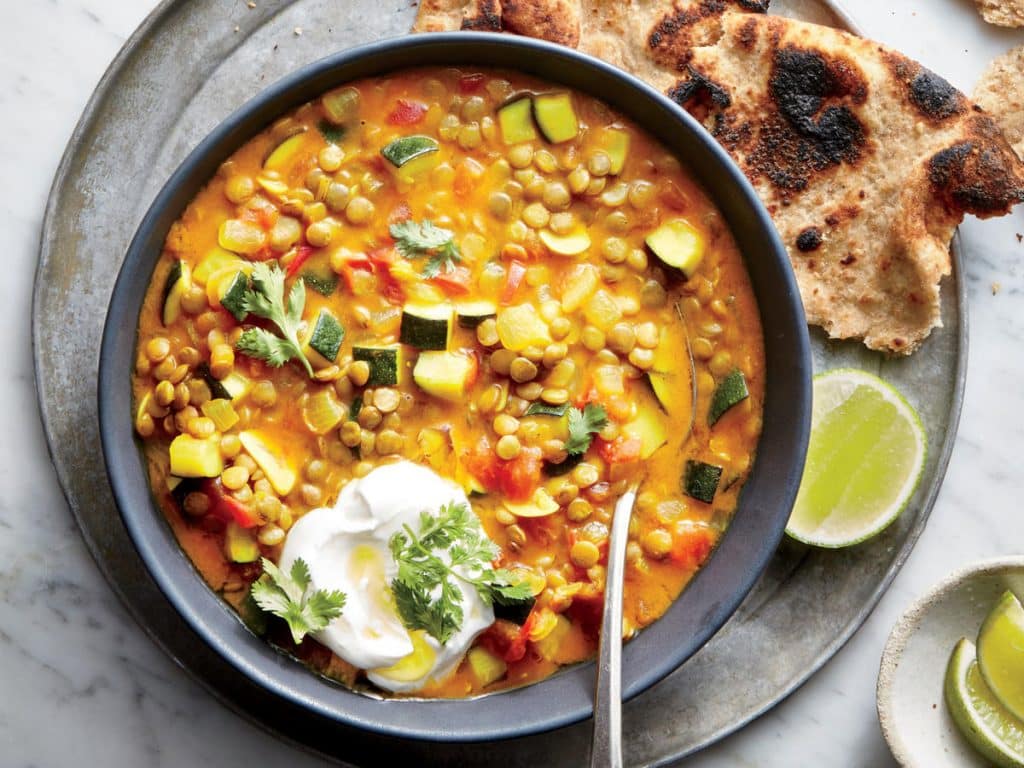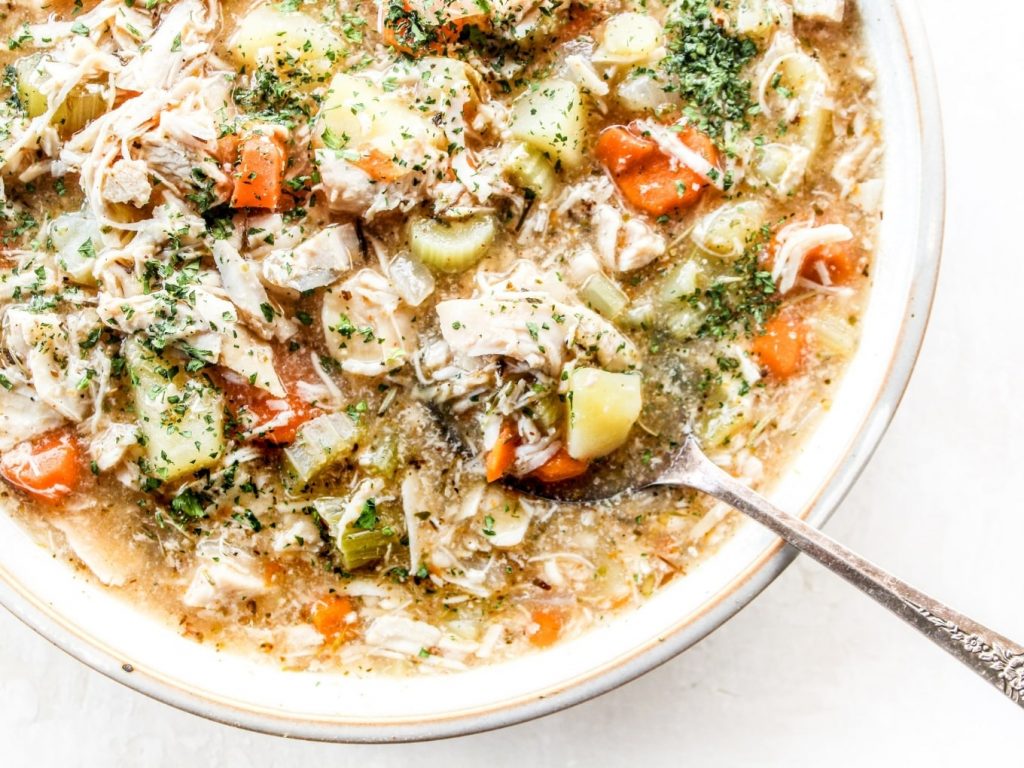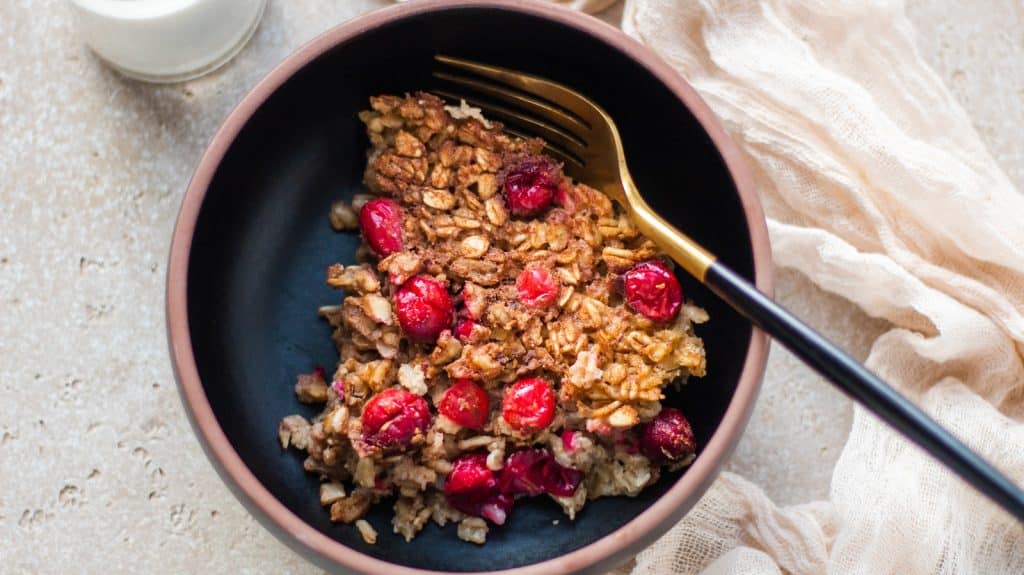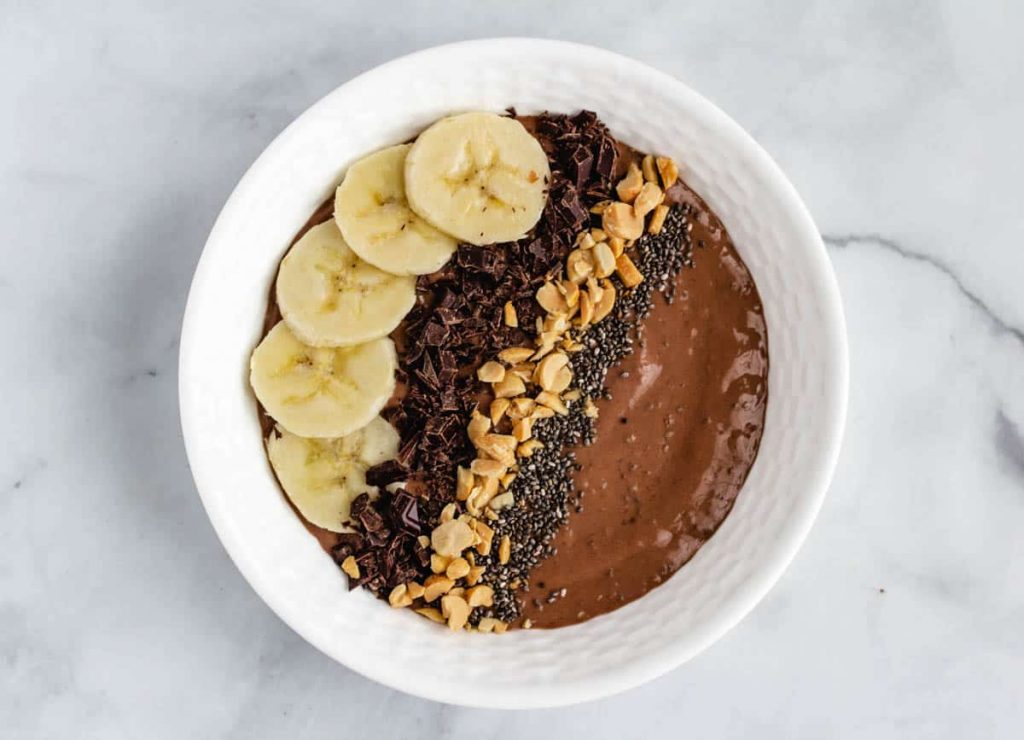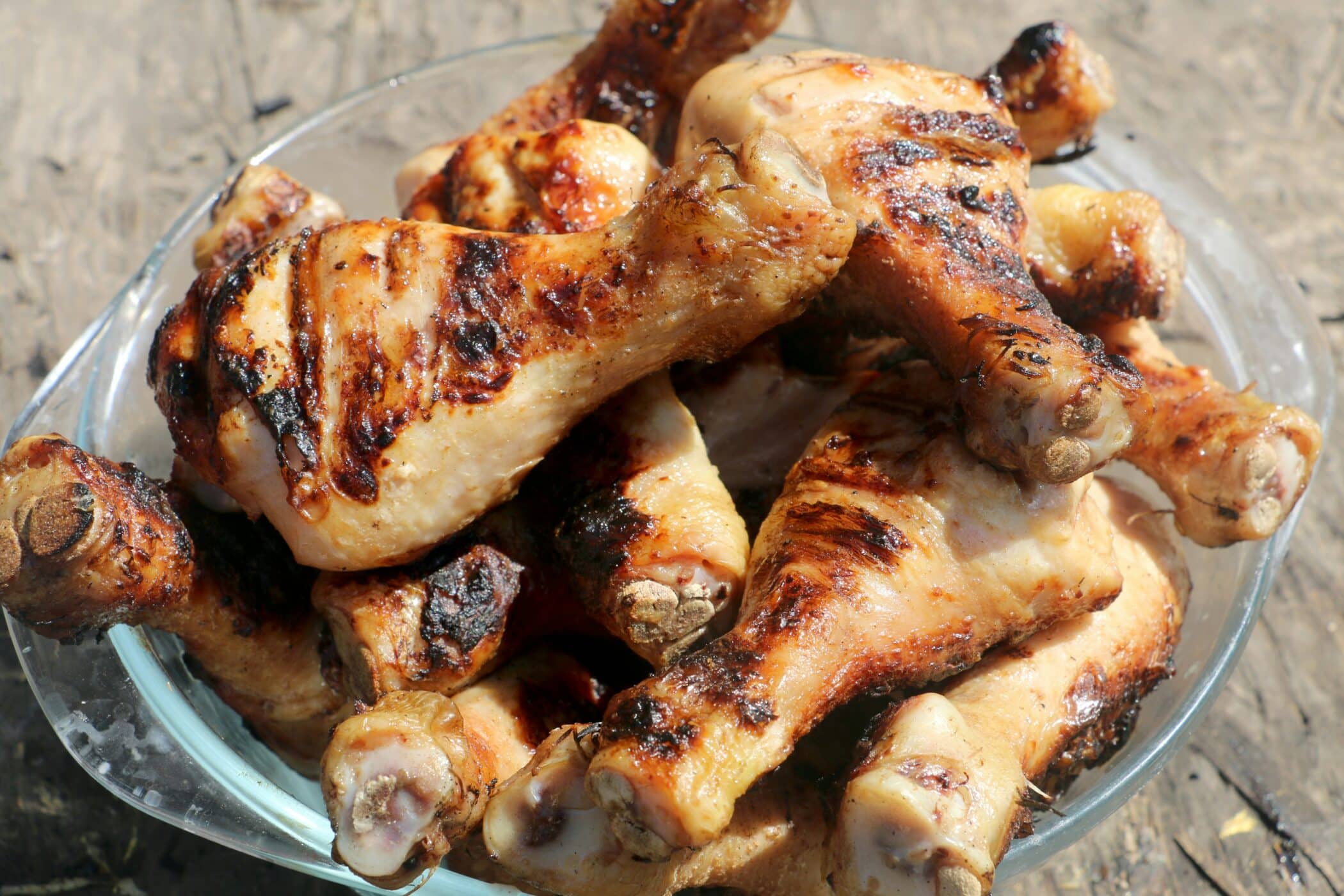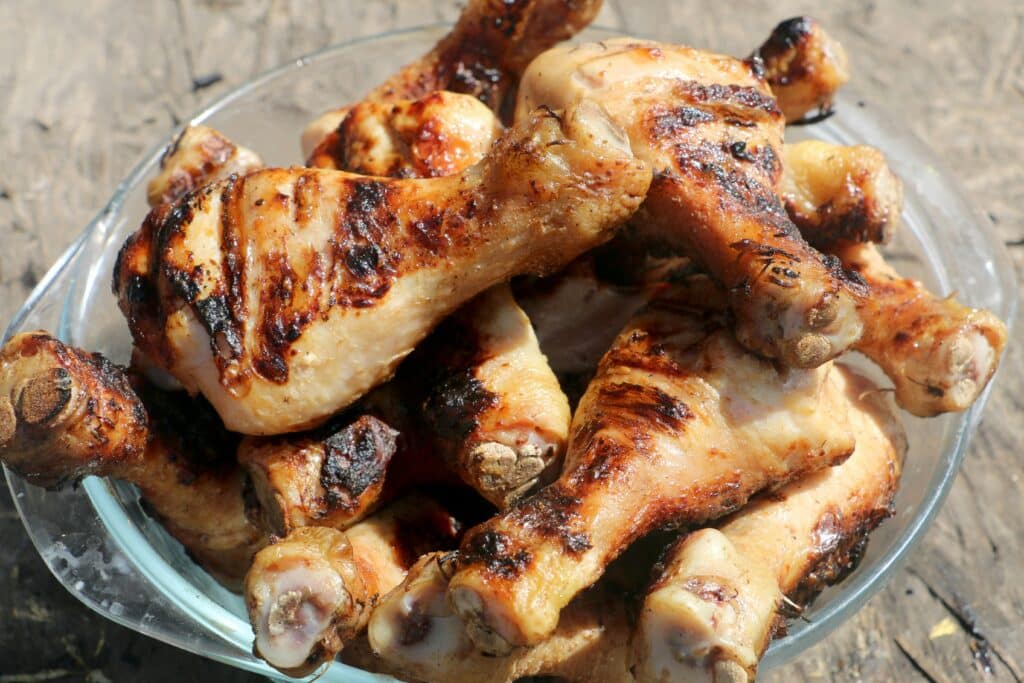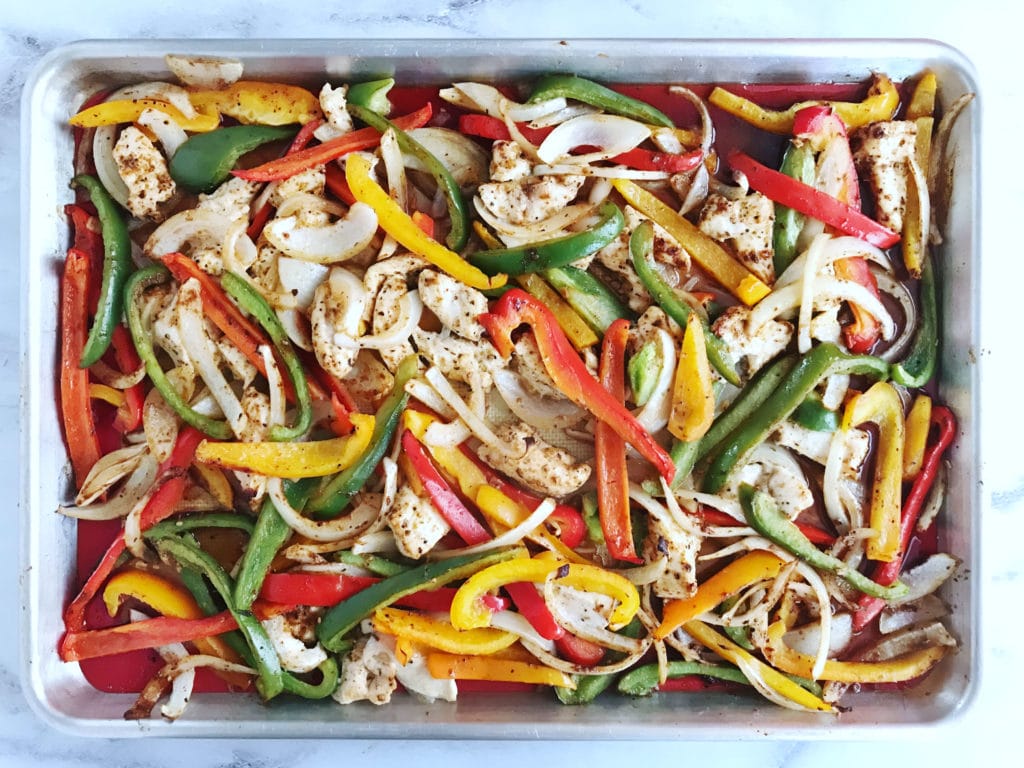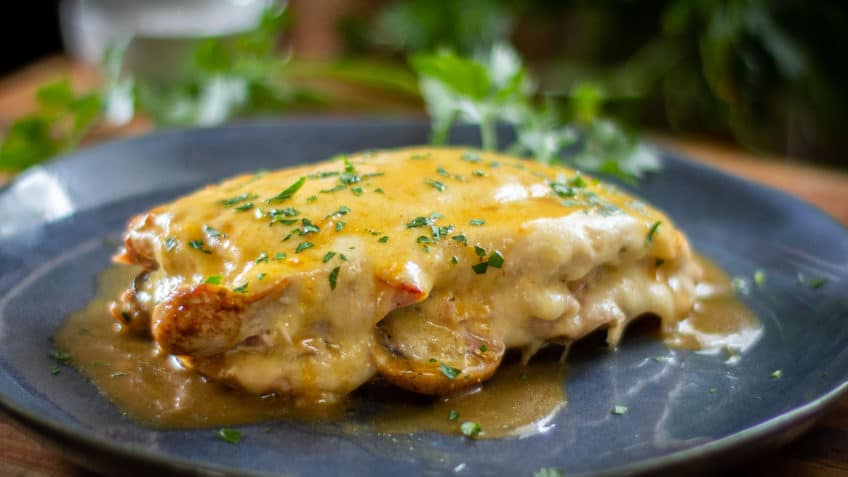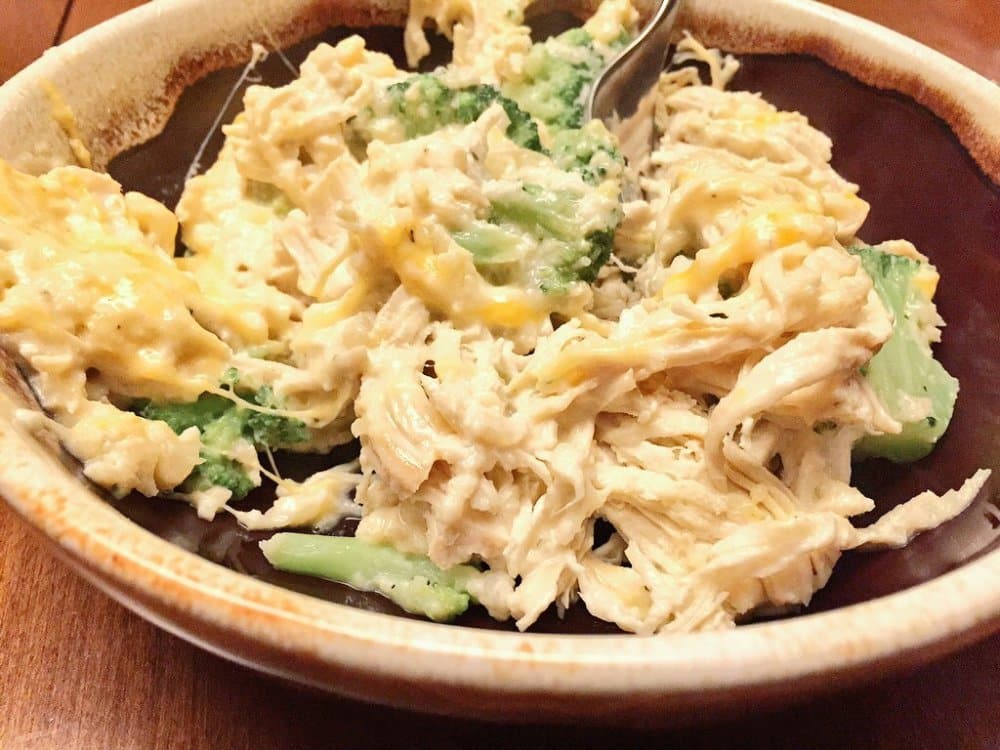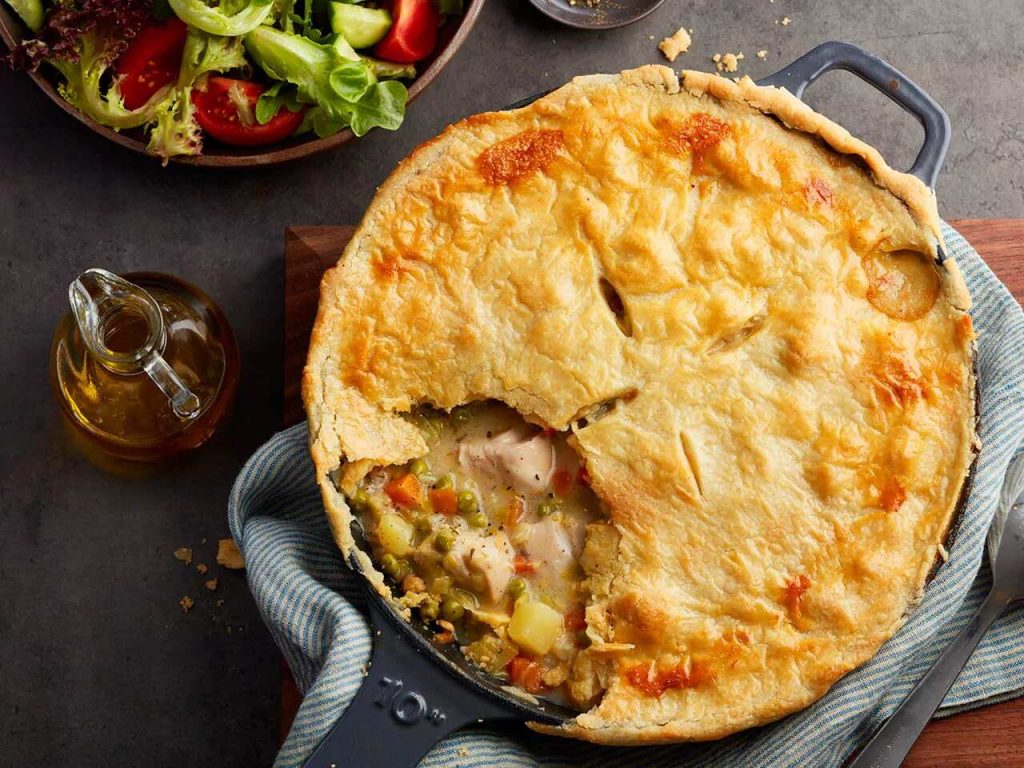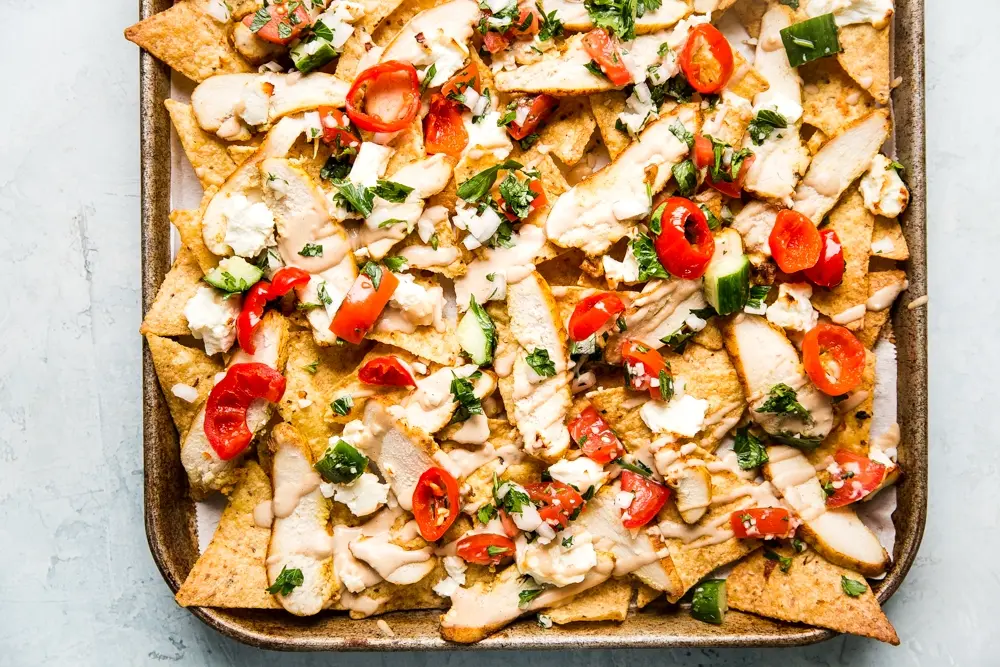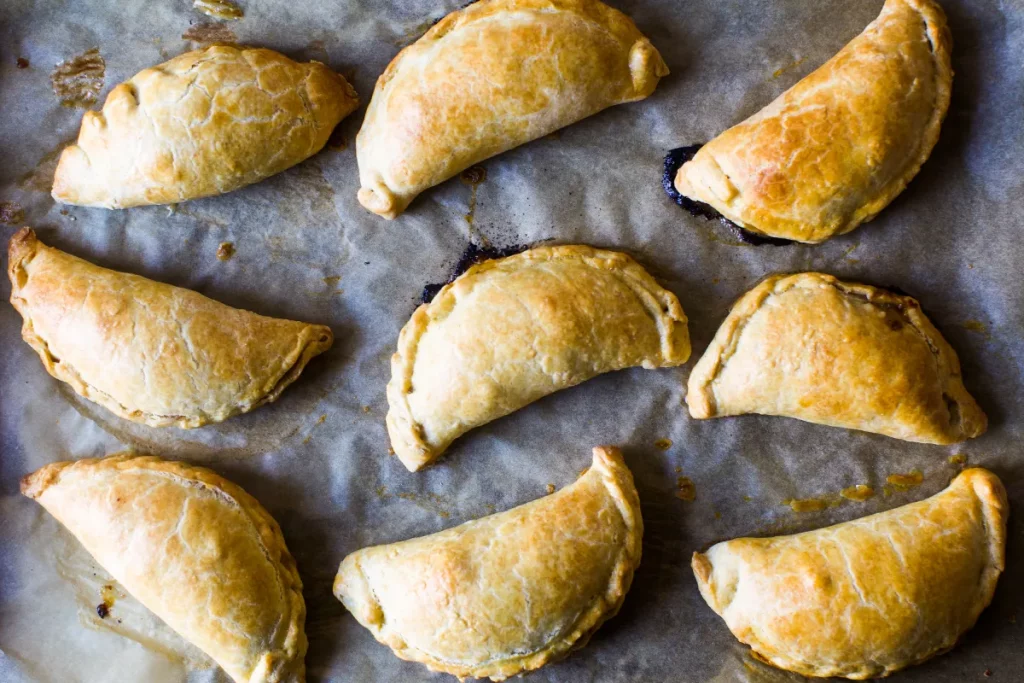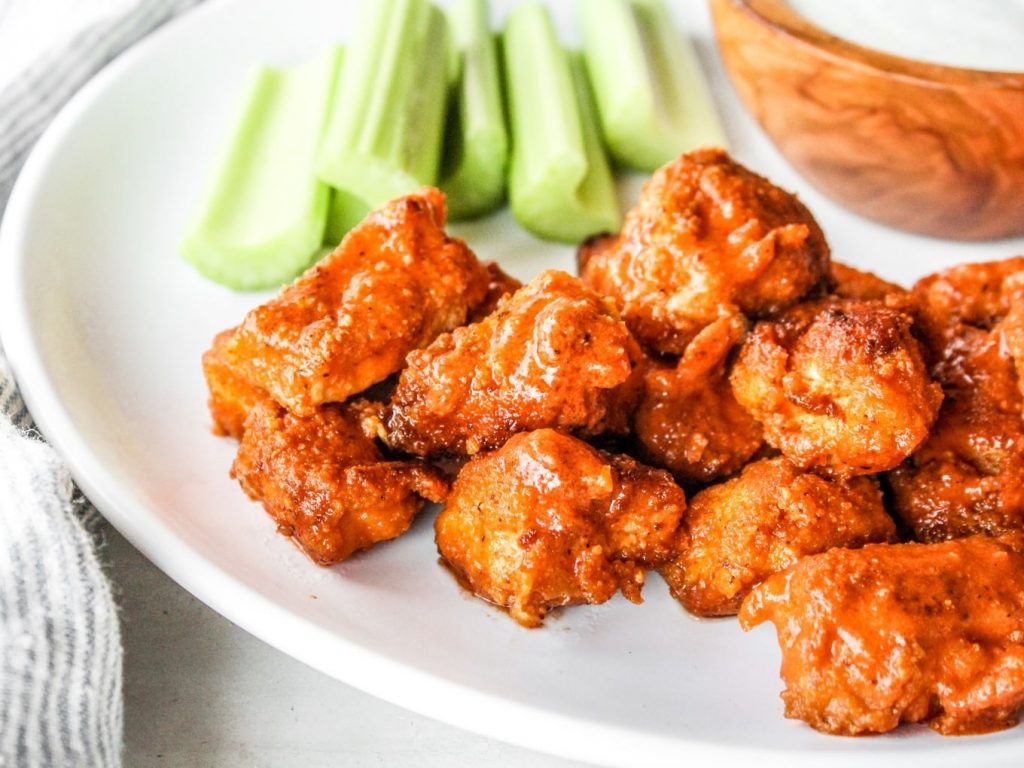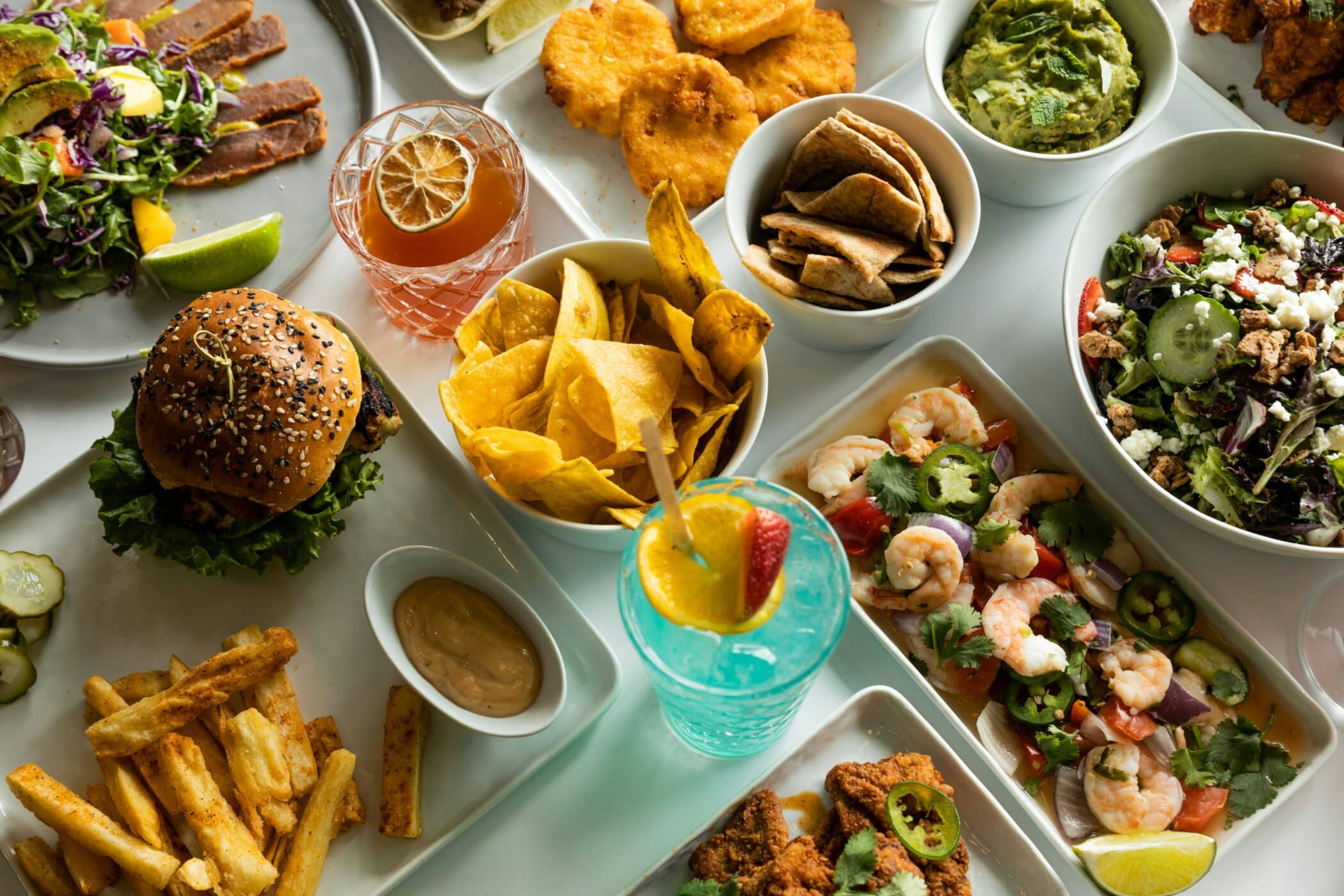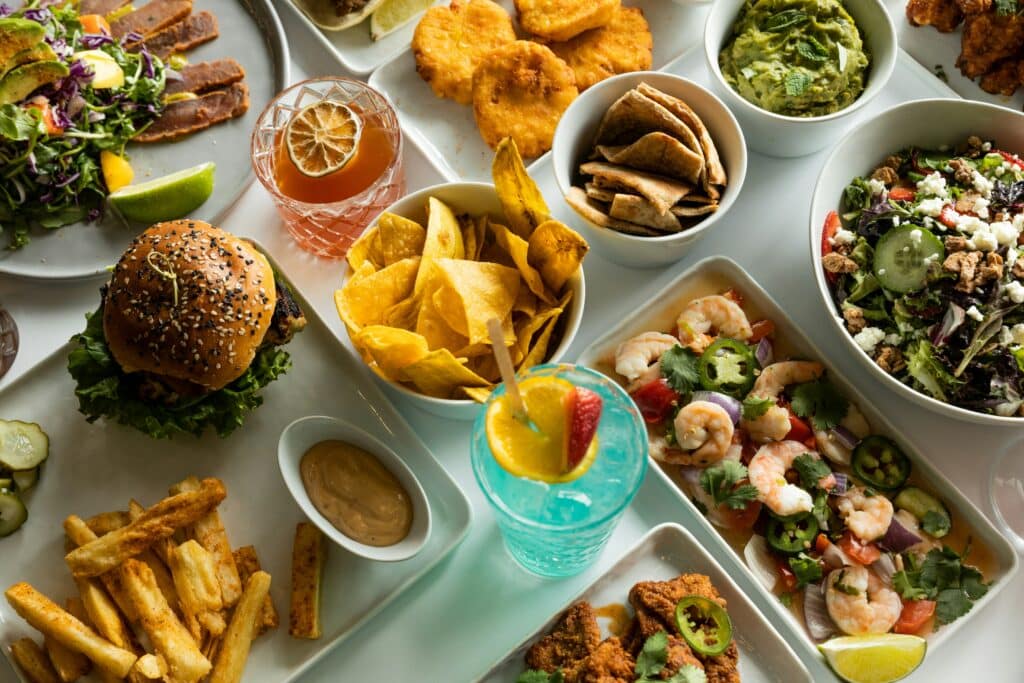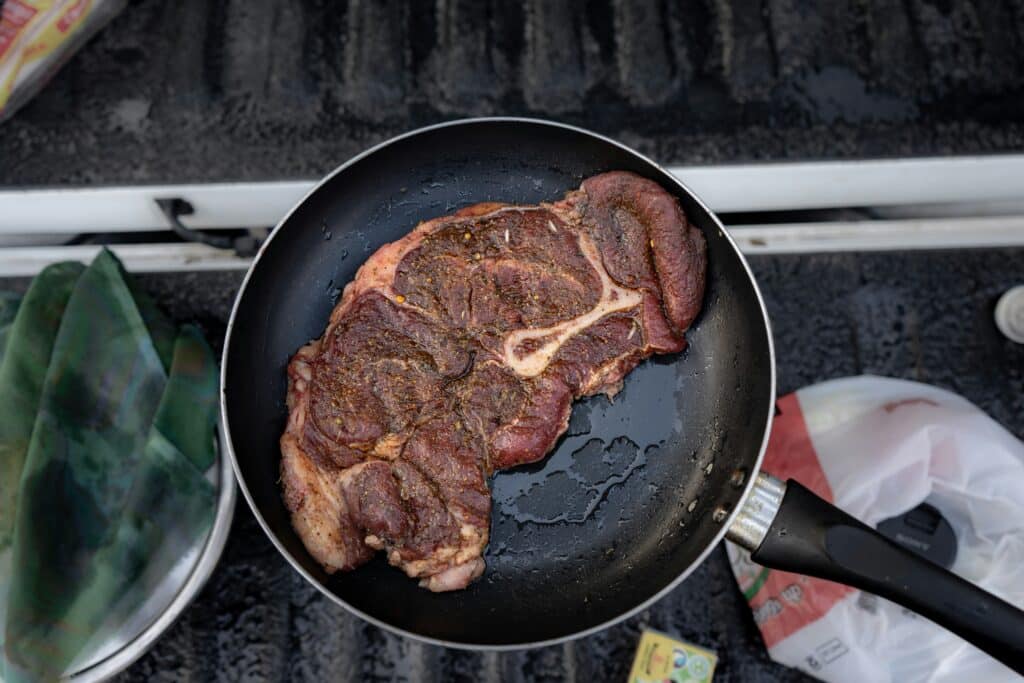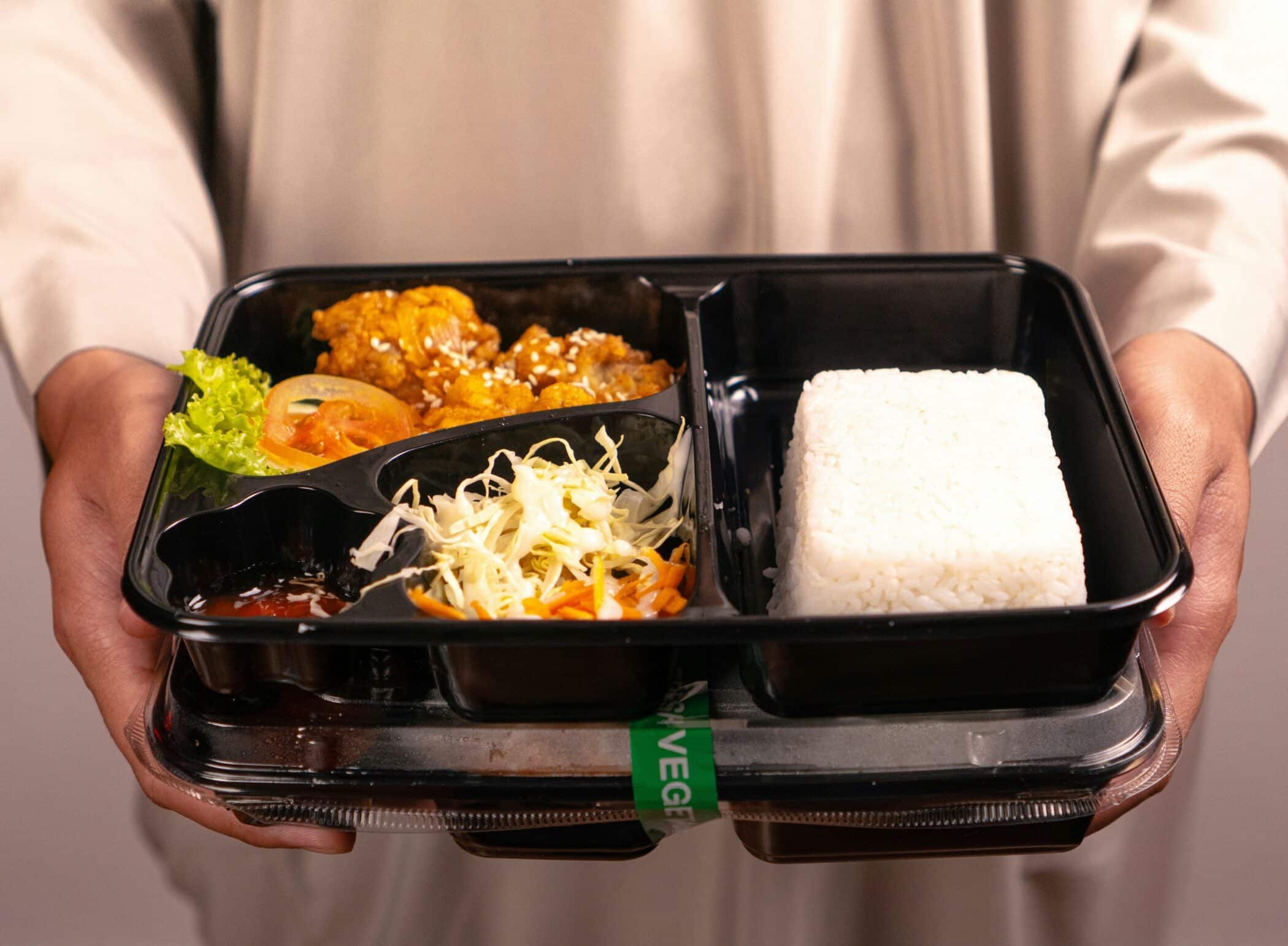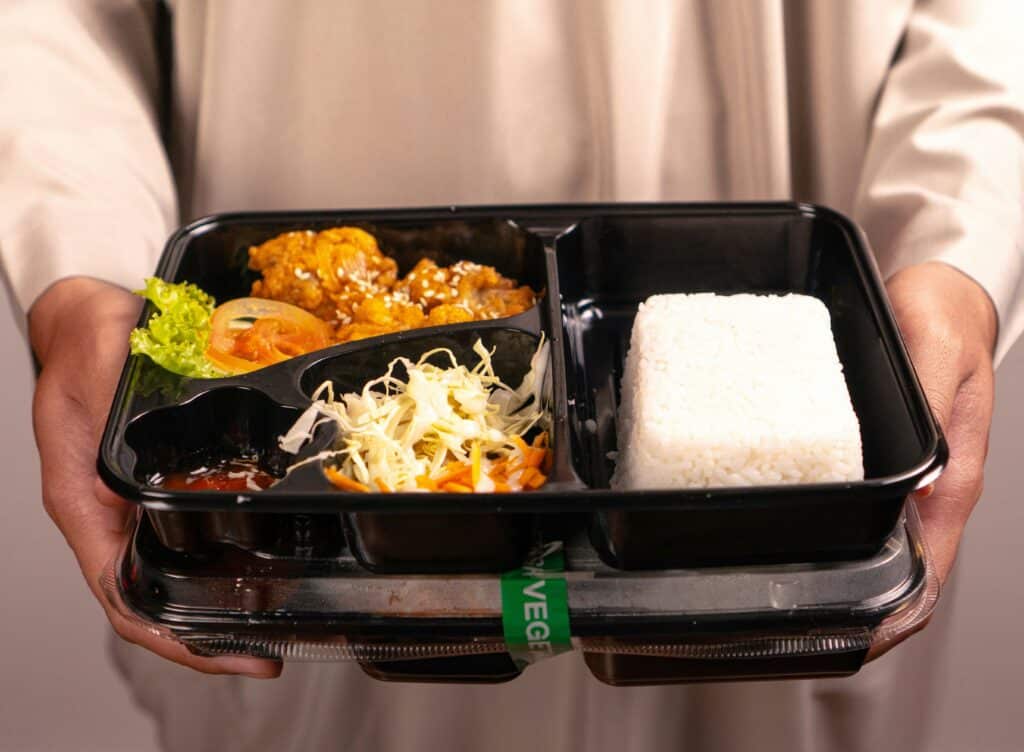
When the weather outside is frightful, there’s nothing quite as comforting as a warm bowl of soup or stew. These Paleo-friendly comfort recipes will help you get through the long winter months and keep your tank from running empty until the spring thaw. With so much emphasis on eating healthy, wholesome food these days, it can be easy to overlook all the beautiful things about comfort food. However, that doesn’t mean that we have to give up our favorite classic meals forever. With a little bit of tweaking here and there – plus some Paleo-friendly ingredients – it’s possible to transform even the heaviest and unhealthy dishes into something that still meets all of our dietary needs while tasting incredible at the same time.
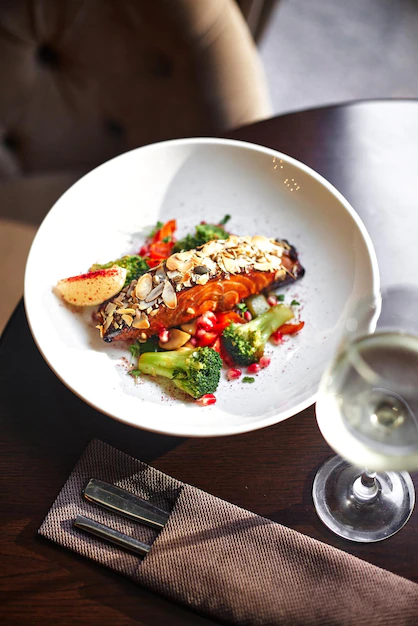
12 Paleo Food Recipes For Winter
1. Creamy Chicken and Leek Stew
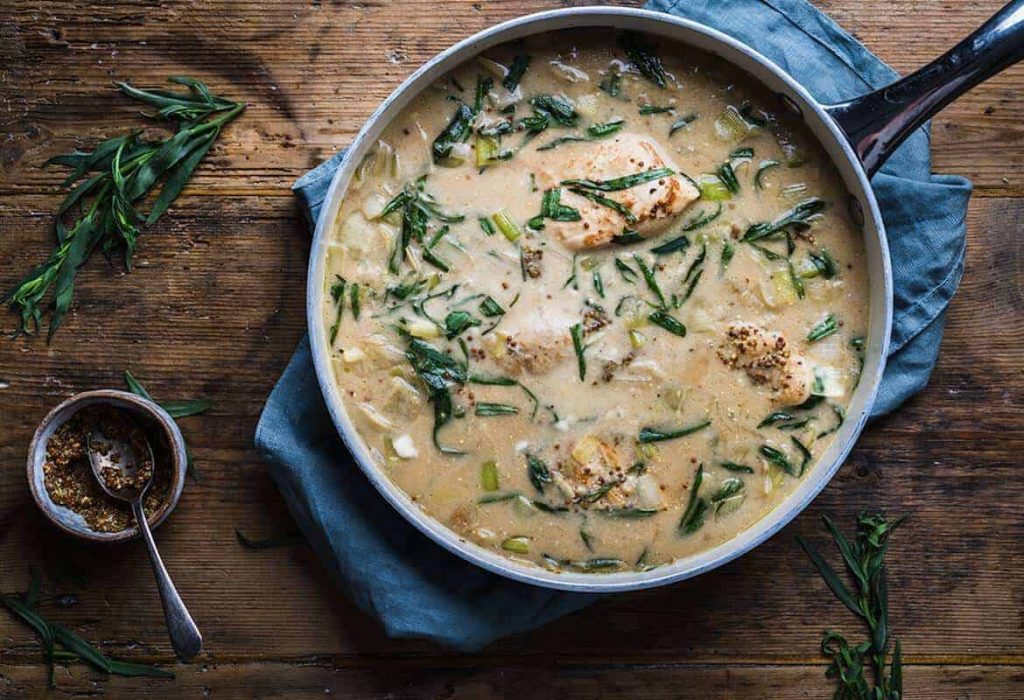
Nothing screams comfort food more than a hearty chicken stew. The problem is that many of us still want to eat healthily, and chicken and leek stew – while delicious – isn’t the healthiest meal out there. Fortunately, with a few Paleo-friendly tweaks, you can transform this dish into a healthy, hearty meal that will keep you warm the whole winter. For starters, swap out the traditional flour and butter-based thickener for arrowroot powder. This is a great choice not only because it’s Paleo but also because it’s a lot less heavy than traditional thickeners. It will allow the other ingredients in the stew to shine while also thickening the stew perfectly.It was the Paleo Food Recipes for Winter
2. Stuffed Squash with Sausage
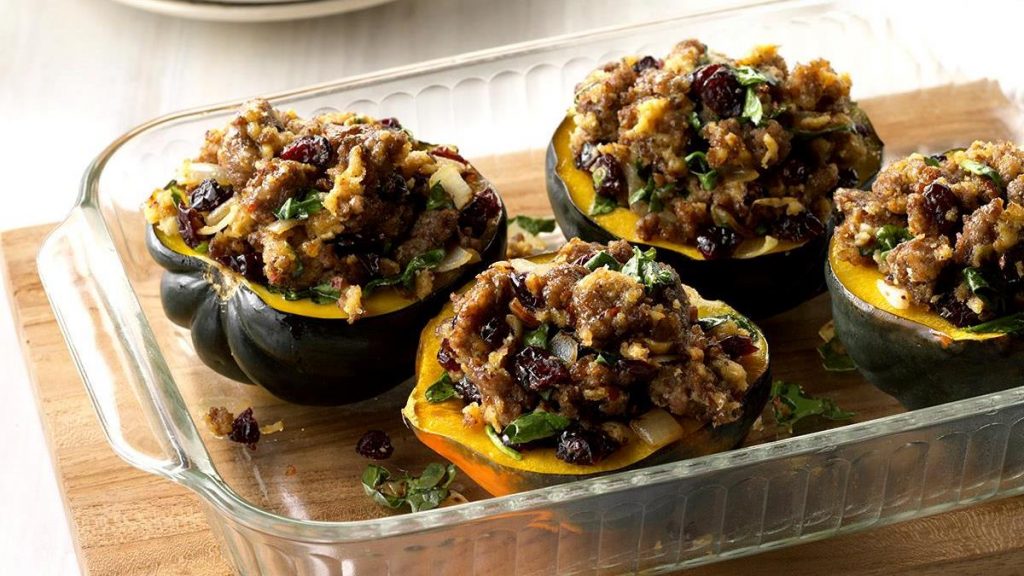
One of the most classic comfort food dishes is stuffed squash. It’s warm, soft and full of all the things that people crave when the weather turns cold. However, many people believe that stuffed squash isn’t suitable for a Paleo diet. That’s because many recipes for stuffed squash call for breadcrumbs or something similar that isn’t Paleo-friendly. However, if you want to make a Paleo-friendly stuffed squash, you can use almond meals instead of breadcrumbs. It also replaces the cheese in the stuffing with nutritional yeast. It might not sound like much, but this is an effortless way to make the dish Paleo-friendly while also making it taste even better than before.here is the best Paleo Food Recipes for Winter
3. Deep-Dish Paleo Tamale Pie
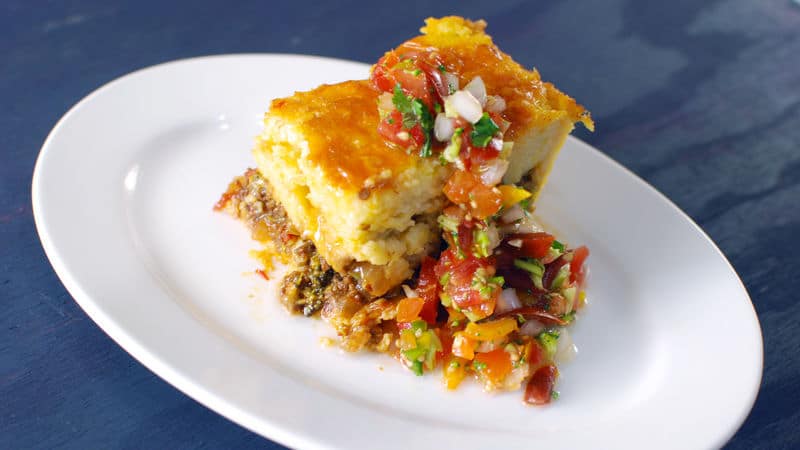
Mexican food is another classic comfort food that’s not always the best when it comes to Paleo eating. Many Mexican dishes feature beans, rice, and corn as their main ingredients, which aren’t precisely Paleo-friendly. However, tamale pie is an exception to this rule. For those who may not be familiar with tamale pie, it’s a dish that’s somewhere between a casserole and a pie. It’s an excellent option for a cold-weather meal because it’s hearty and packed with all the foods that we crave at this time of year. It’s also straightforward to transform into a Paleo-friendly dish. Replace the cornmeal with an almond meal, and you’re good to go.
4. Beef and Bacon Soup
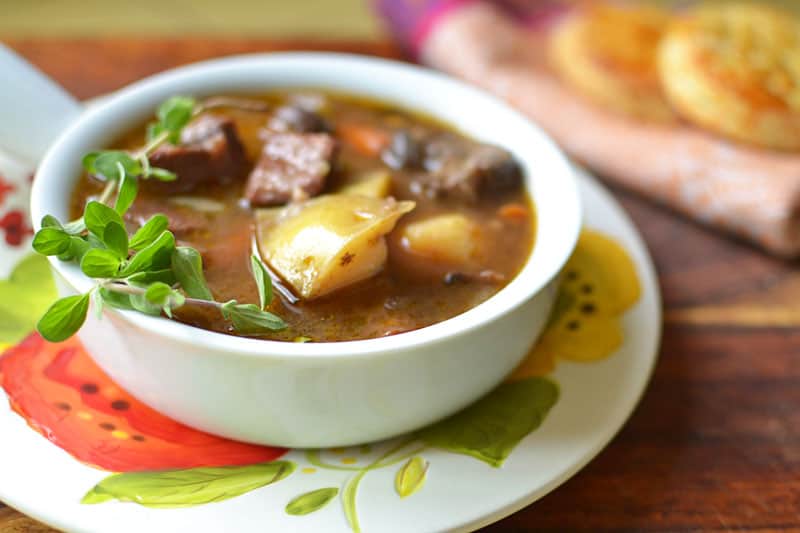
Winter is a great time to make a hearty soup. Not only does it taste delicious, but it’s also a great way to use up some of the vegetables in season during this time of year. This beef and bacon soup is a prime example of a dish that takes advantage of the ingredients available during winter. Not only does it take advantage of root vegetables, but it also uses up a lot of the hearty greens that would otherwise go to waste during winter. It also has that beautiful, intense flavor that can only come from using the best seasonal ingredients. It’s a great soup to curl up with on a cold day.
5. Baked Mackerel with Romaine Salad
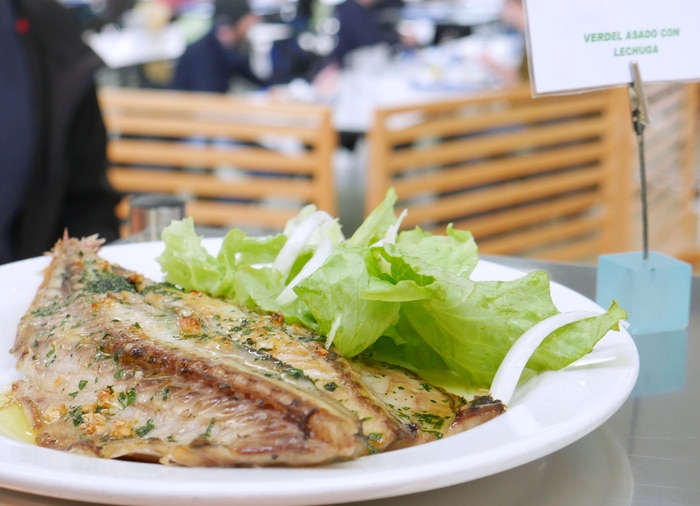
Fish is another excellent option for a winter meal. Not only is it incredibly healthy, but it also tastes great at any time of the year. However, many believe that fish dishes aren’t suitable for a Paleo diet. That’s because many fish dishes are served with a salad that contains croutons and cheese. However, if you want to make a Paleo-friendly mackerel salad, you can replace the croutons with toasted almond slices and the cheese with nutritional yeast. It’s a simple substitution, but it will make all the difference when making this dish Paleo-friendly.
6. Almond-and-Sesame-Encrusted Salmon
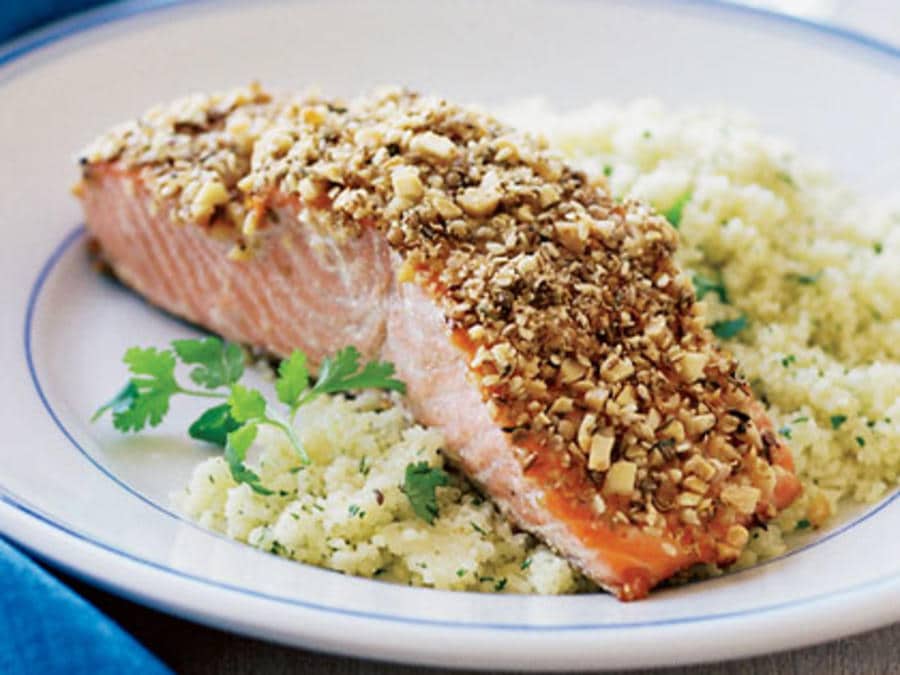
Salmon is another fish often served as a salad on a bed of lettuce. However, it’s also a great fish to bake. Baked salmon is one of the most popular fish dishes out there. It’s also effortless to make a baked salmon dish Paleo-friendly by using almond and sesame seeds to coat the fish instead of breadcrumbs. Not only does this make the plate Paleo-friendly, but it also gives it a fantastic nutty flavor that breadcrumbs’ taste would otherwise mask. It’s a great dish to make for a healthy, hearty meal that everyone at the table will love.
7. Sweet Potato Shepherd’s Pie

Shepherd’s pie is another classic comfort food that’s not always Paleo-friendly. Many traditional recipes call for a topping made from mashed potatoes, which isn’t suitable for Paleo eaters. However, by replacing the mashed potatoes with sweet potatoes, you can transform this dish into a healthy, hearty meal that will warm you on a cold winter’s day. This dish is straightforward to make when you use sweet potatoes as the topping. All you have to do is peel and chop the potatoes and then mash them with a fork until they’re smooth, but not too smooth. You can then use this as a topping for the ground beef and vegetable mixture that makes up the base of the dish.
8. Baked Eggs with Kale and Mushrooms

Eggs are another staple food often served alongside potatoes and bread in classic comfort food dishes. However, they’re also another food that’s not always Paleo-friendly. Fortunately, baked eggs are a straightforward dish to adapt to fit with a Paleo diet. All you have to do is replace the bread you would otherwise use with kale. This might sound like a strange substitution, but it works surprisingly well. Tear up a few leaves of kale and add them to the bowl with the eggs. You can add whatever other ingredients you like to the eggs, such as mushrooms or spinach, and they will all bake together in a delicious, healthy mixture.
9. Scrambled Eggs with Salmon and Dill

As well as being served on a bed of lettuce, eggs are a popular ingredient in omelets. Omelets are another dish that might not be Paleo-friendly, depending on the recipe. However, it’s easy to transform them into a healthy meal that will keep you warm and complete during the cold winter months. All you have to do is replace the cheese in the omelet with chopped dill. You can also replace the potatoes or bread that are sometimes added to the omelet with salmon. Salmon is a fantastic addition to an omelet. Not only does it taste great, but it also provides a wide array of healthy nutrients.
10. Paleo Pork Scaloppine with Caper Butter Sauce
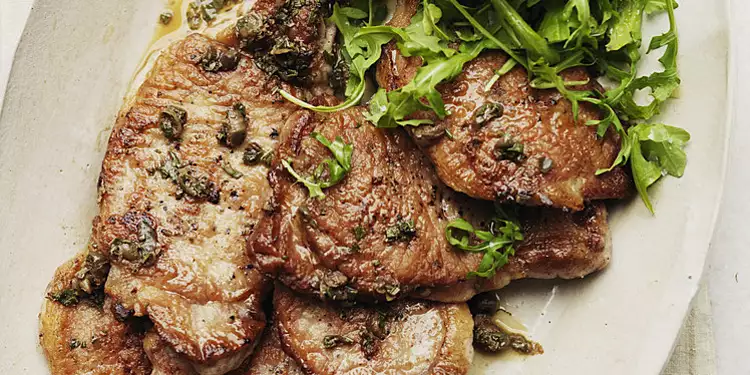
This dish is a Thai-style rice or noodle dish cooked with vegetables and a red curry sauce. The sauce is made from a paste of red chili peppers, coconut milk, fish sauce, and sugar. Some variations also include garlic, ginger, and chili pepper.
11. Salmon with Garlic Lemon Butter Sauce
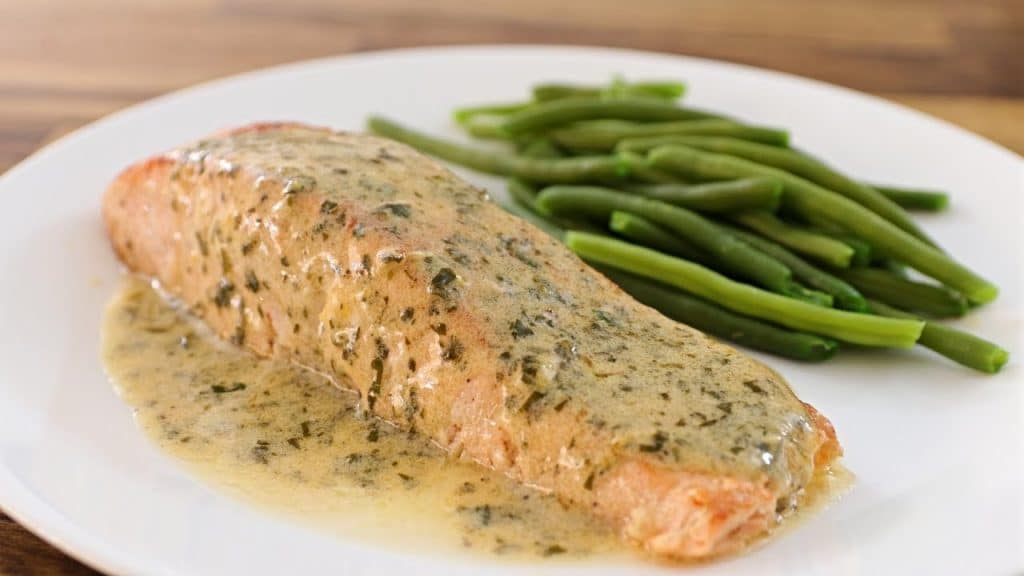
This dish is perfect for a weeknight meal, as it is healthy and doesn’t require too much time or effort. Salmon with garlic lemon butter sauce is a dish that you can make relatively quickly and easily. The salmon is cooked in a pan with some butter and garlic, then finished with a simple lemon butter sauce. Salmon is a healthy protein packed with omega-3 fatty acids, which are beneficial for your heart health.
12. Keto Chicken Soup
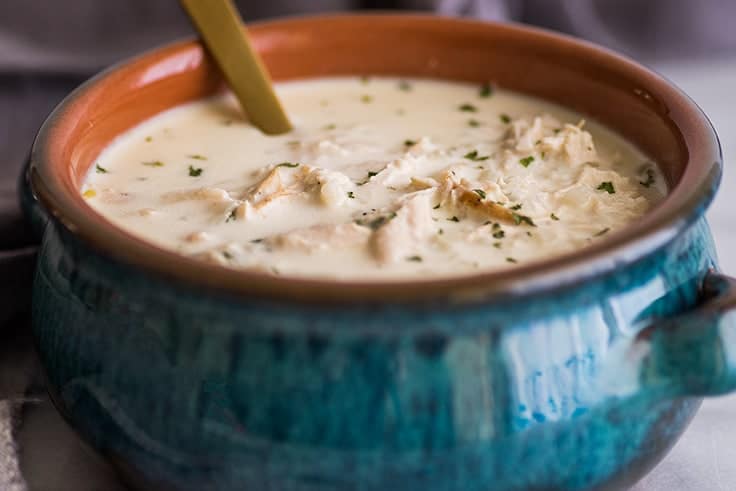
Keto chicken soup is a delicious and easy way to enjoy all the comfort of classic chicken soup without all the carbs. The key to this dish is using cooked chicken as your base and adding low-carb ingredients like spiralized zucchini or cauliflower rice. This hearty soup is perfect for any time of year and makes a great healthy meal-prep option.
Conclusion
Winter is a great time to get cozy and enjoy a hearty meal. Whether you’re craving a rich stew, a comforting casserole, or something else, there are plenty of tasty comfort foods to enjoy when the weather turns cold. These Paleo Food Recipes for Winter are delicious, healthy, and sure to keep you warm throughout the winter months. Whether you’re alone trying to stay warm in your house or have friends over, these dishes are sure to satisfy you.


